MarsHydrofactory
Well-Known Member
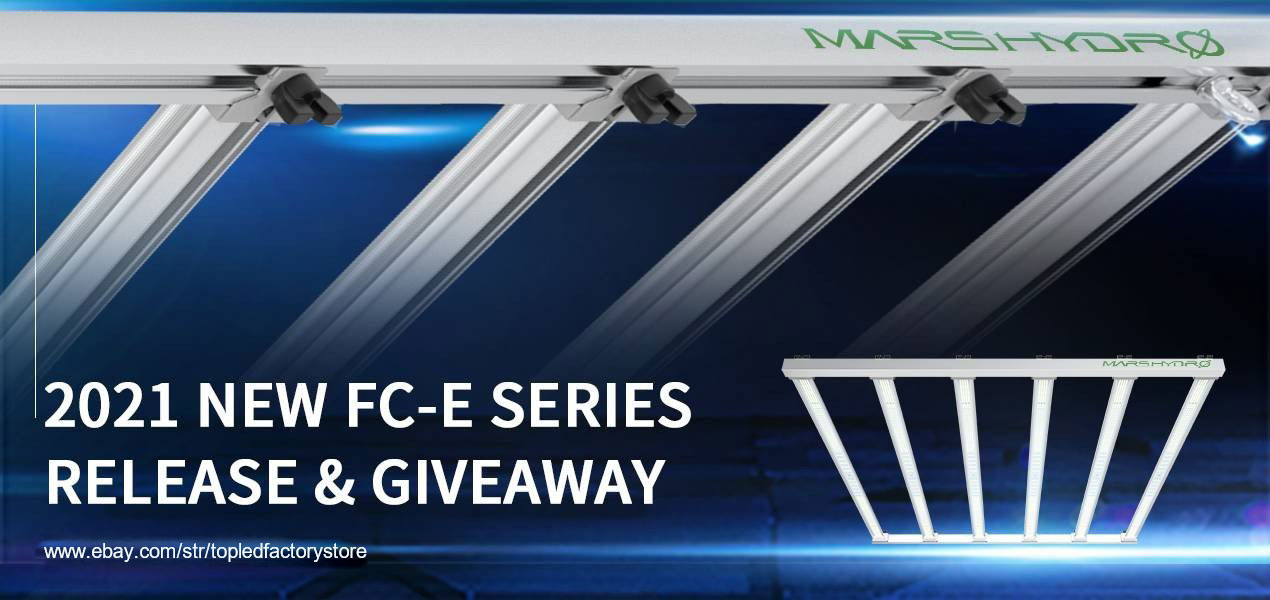
In 2020, we have released theFC series; and now in 2021, we’re releasing the FC-E series as our new product this year. These new series have a similar name to the FC series, but of course, there are differences. Will they perform well as the FC series do?
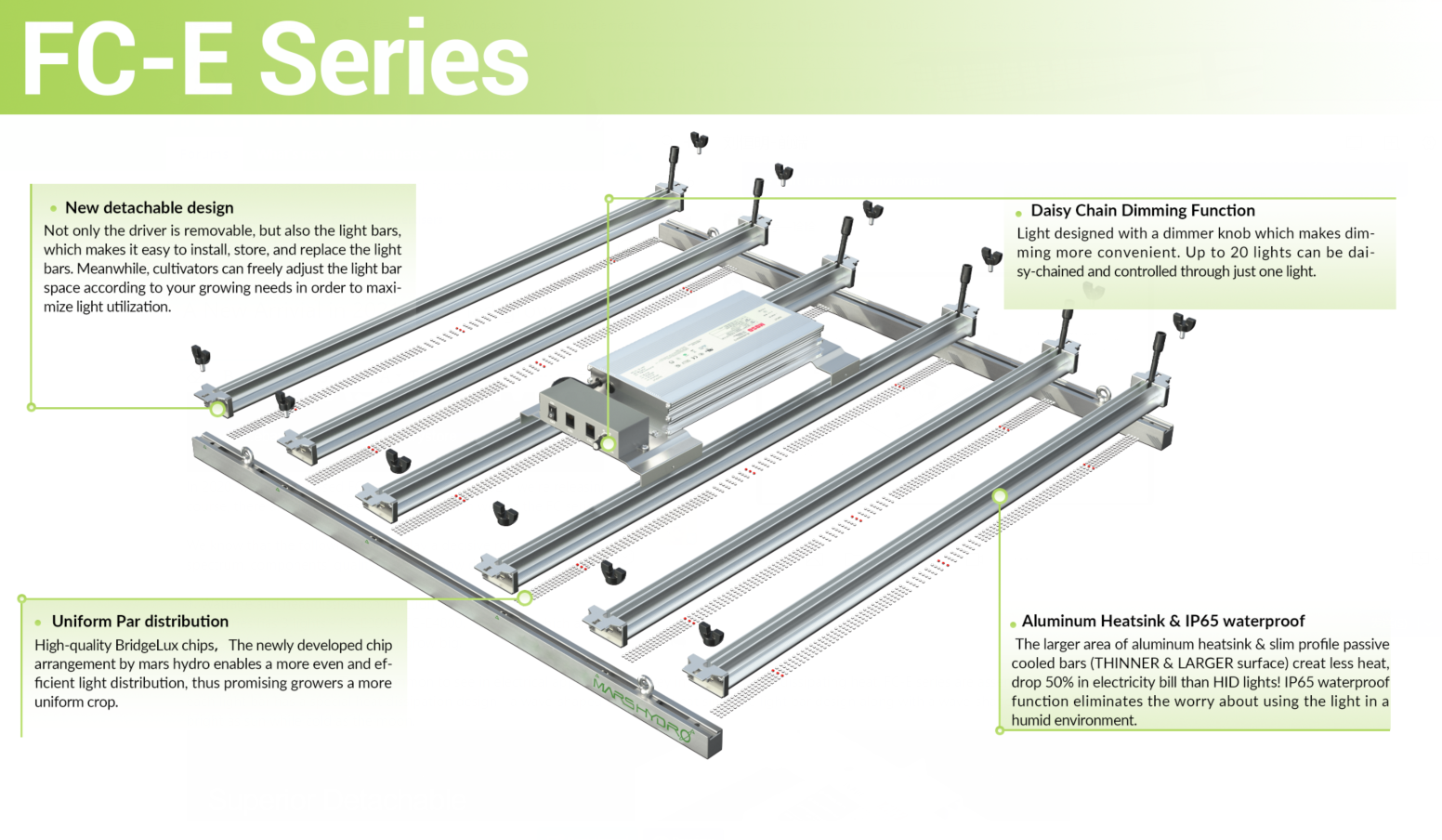
We know that the following points play a decisive role in determining whether an LED grow light is a good light - wattage, heat dissipation function, PAR(or PPFD), spectrum, components’ quality. Let's see how do FC-E series perform in these areas.
1. Wattage and heat dissipation function
FC-E series has 3 model - FC-E3000, FC-E4800, FC-E6500, which are designed into 3 different wattages - 300w, 480w, 650w, to meet different requirements in the growing project, whether you grow small or grow big.
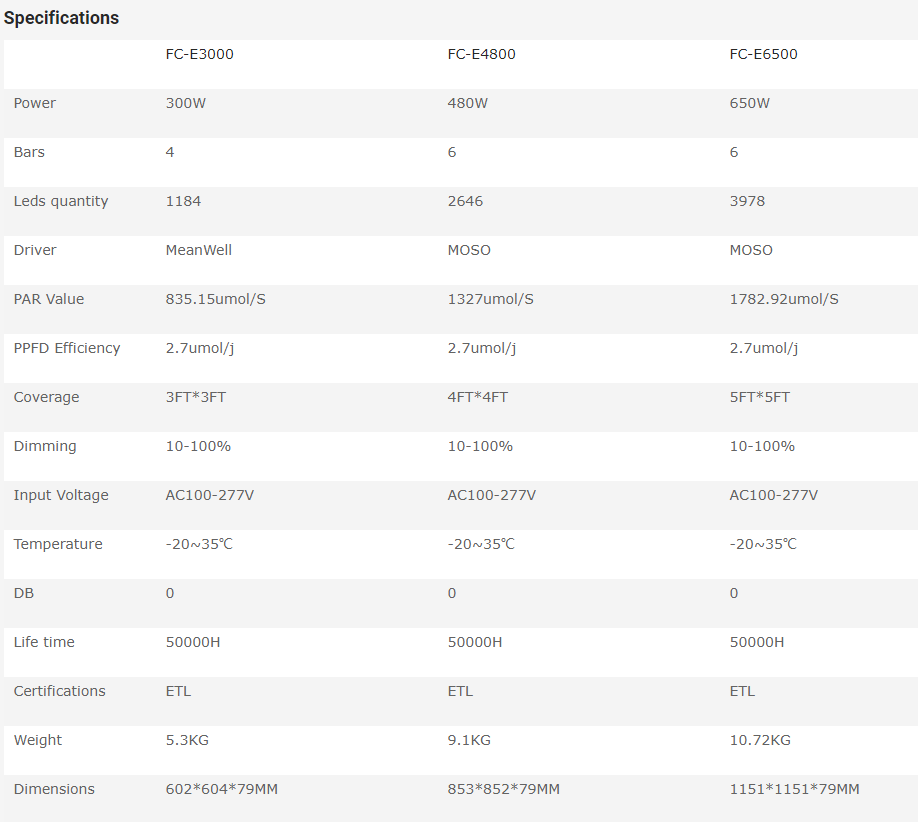
Bigger watts, more heat. That’s common to see in electrical appliances. The key in a grow light is dissipating heat. FC-E series are assembled with separate light bars and each light bar has a special heat dissipation design - a wave-shaped aluminum heat sink. The light bar design along with a wave-shaped heat sink will make your light bright as sun while cold as the moon.
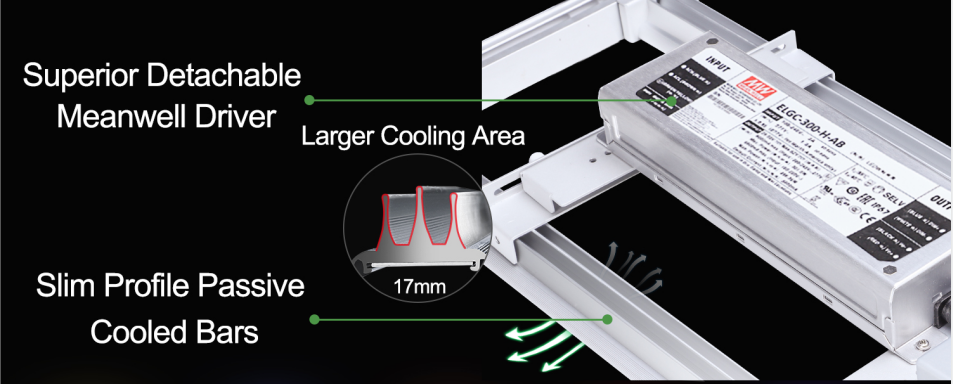
2. PAR(PPFD)
PAR and PPFD is the most important factor in a LED grow light. PAR, as we all know, is the light that plants absorb and use. PPFD measures the amount of PAR from the grow light to your plant. FC-E series has the PPFD at 2.7umol/j, which is a pretty high PPFD level among all the grow lights at the price range in 3x3 ft (FC-E3000), 4x4 ft (FC-E4800), 5x5 ft (FC-E6500) coverage. So in the PPFD part, the FC-E series are very reliable and cost-efficient.
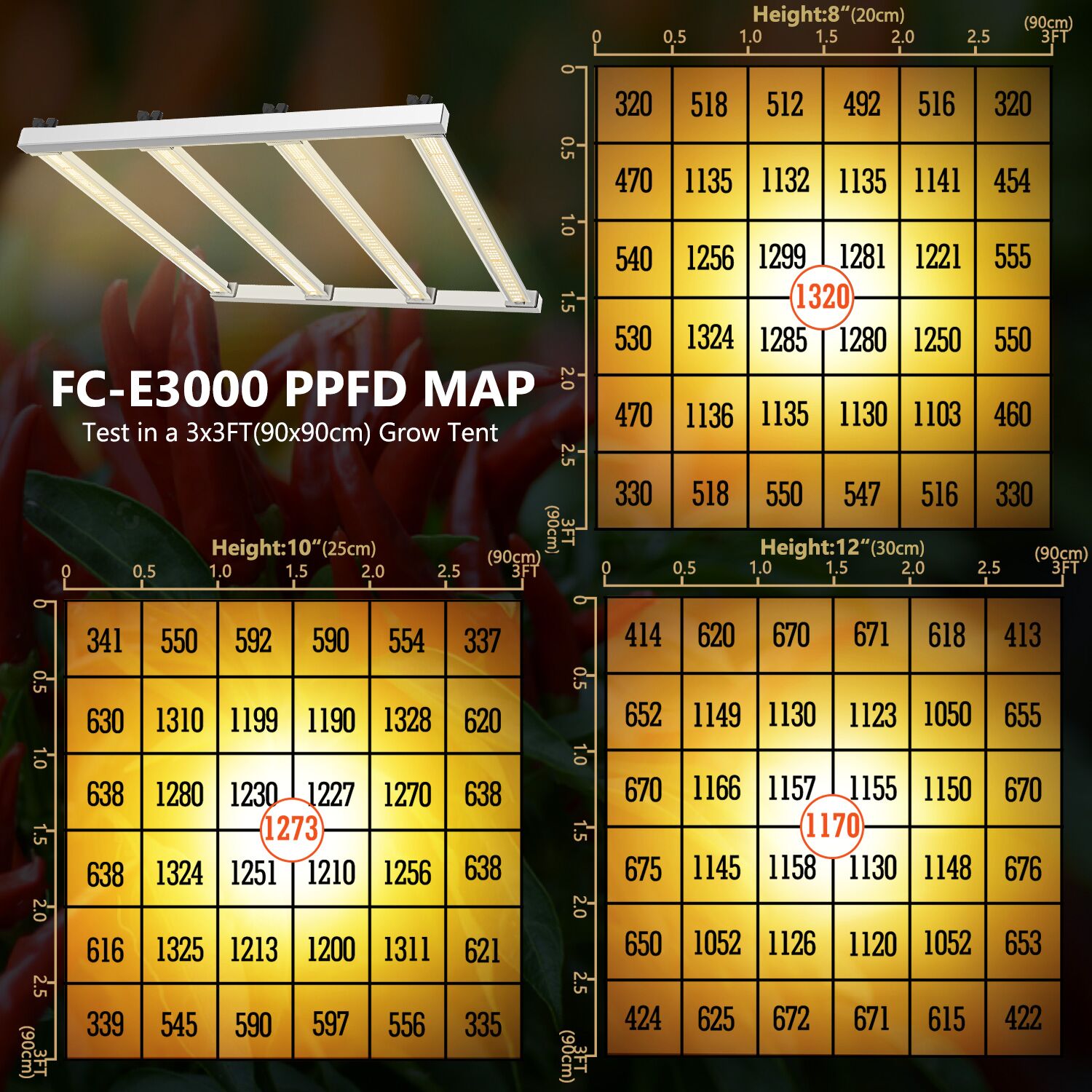
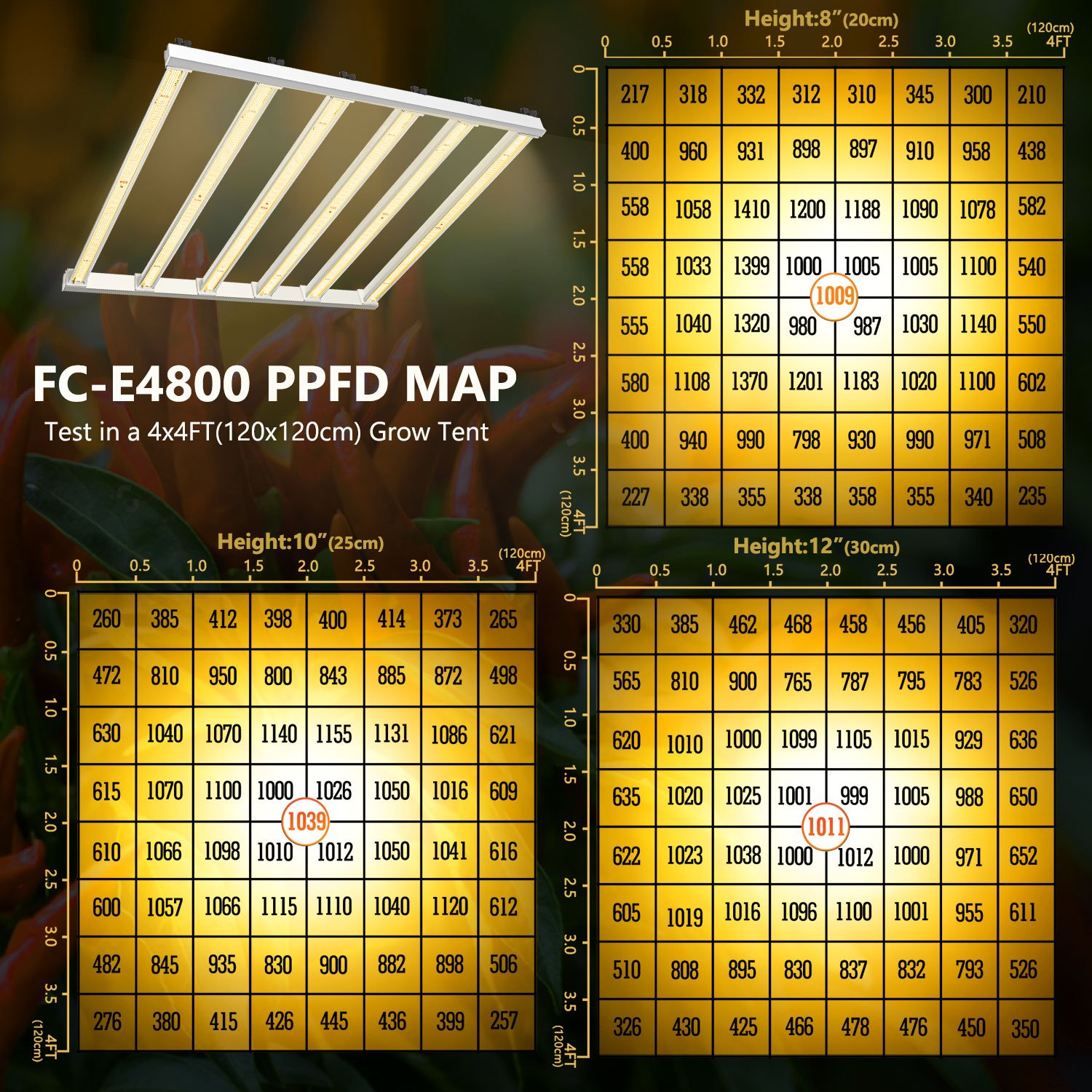
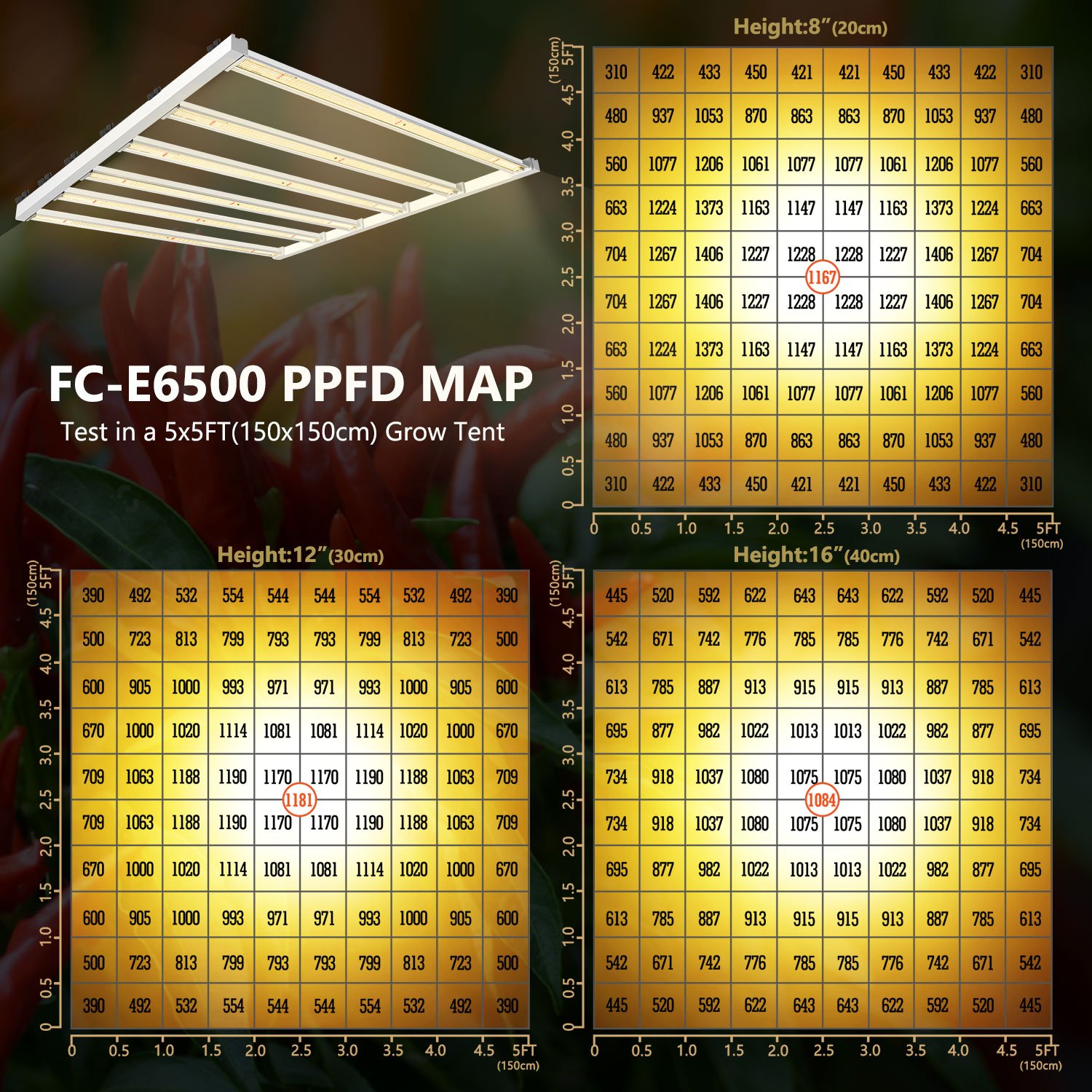
3. Spectrum
The design of the spectrum involves the core technology of LED lights. All of our technicians are constantly researching, testing, and improving new spectra to provide growers with more efficient LED lights and grow better.
White light(2800-3000k,4800-5000k) contains all the spectrum for plant growth. But that’s not enough. Because plants prefer some specific waves - like red(660-665nm), which will help plants grow and bloom; like Ultraviolet(UV,380-410nm), which is shown to make plants grow larger, longer, and denser leaves; like Infrared(IR,730-740nm), which is thought to help plants bloom larger and have more specific outputs.
We add these spectra when designing this FC-E series, to make more effective and useful LED grow lights.
P.S FC-E3000 and FC-E4800 have UV & IR light; only FC-E6500 does not have UV and IR light.

4. Quality of components and warranty
All our light components have passed ETL - ETL tests parts and components of a wide range of products to make sure that they are in line with standards. This certification has well proved the quality of our components to be safe, legal, and efficient. We also offer a 5-year warranty for our lights. Growers would never worry about quality issues.
Differences
You may have this question after we introduce the FC-E series’ specifications: “Your new series sounds pretty good, but it’s similar to your FC series, which one should I choose?” We’re here to help you with your decisions. Below are their differences.
Light design and installation
FC-E series look the same shape as the FC series, but they do have different design. Detachable light bars are not only easy to repair and maintain but also convenient for growers to DIY their own illumination needs by moving the light bar. Of course, this option is challenging. For most customers, the best choice is to use our recommended light bar positions. We’ve adjusted the light bar interval to make the light can cover the whole space evenly.
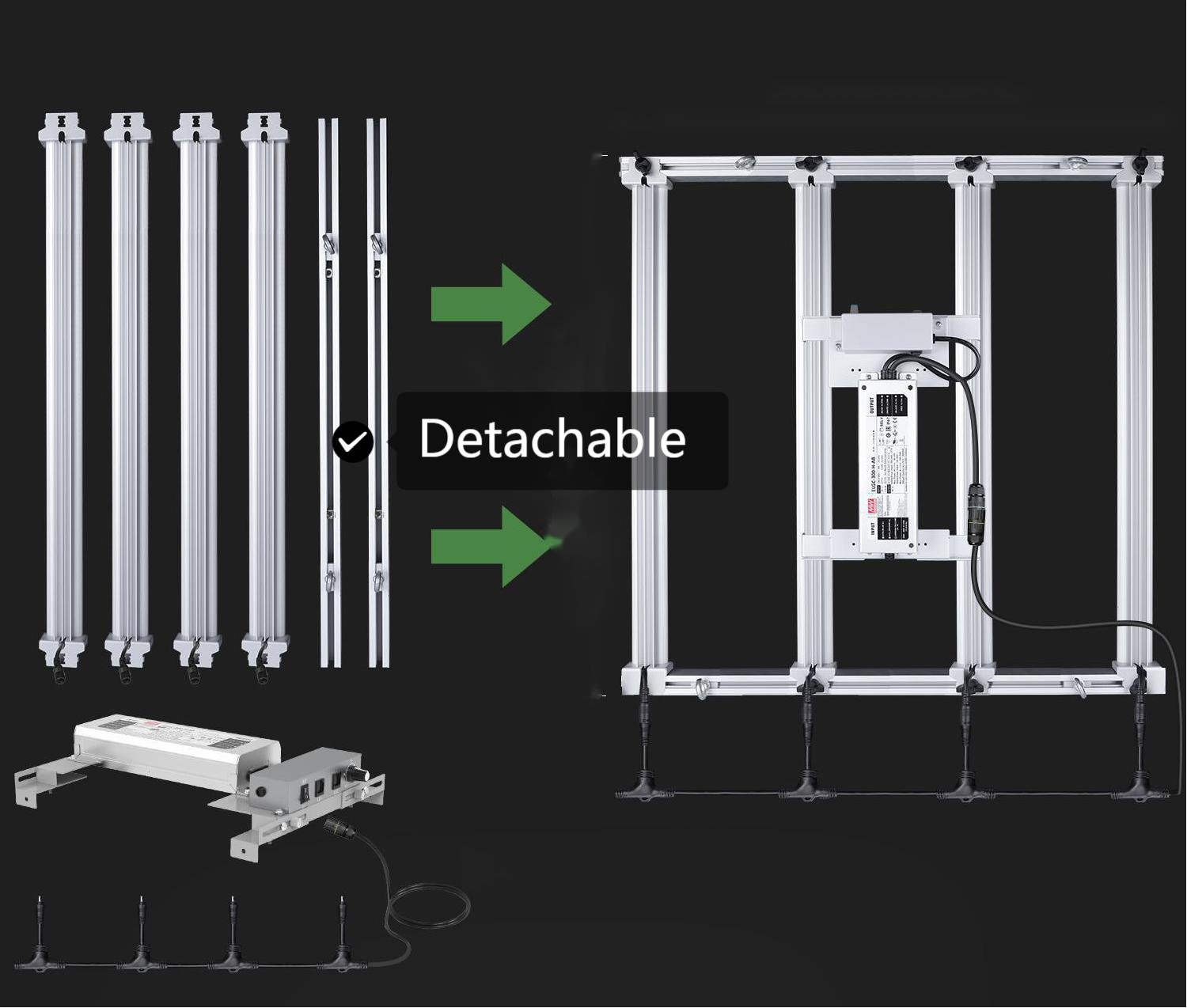
LEDs arrangement
As far as we know, the best lighting PPFD value for plant growth is 500-900 umol. We adjusted the LEDs arrangement according to this point so that the par value of light is more uniform. Even on the edge, the plant can also absorb enough photons needed to get a more uniform crop.
LEDs
Except for LEDs arrangement, the FC-E series also changed LED itself. FC-E series will no longer use Samsung and Osram chips. At this point, someone might say: “Isn't this a downgrade?” No, totally not. The LED chip is from our new partner in the USA called BridgeLux and our design team customized it with new tech. To make sense: A single Samsung chip intensity is 220lm/w, while this new American chip is 230lm/w.
Differences conclusion in one picture:
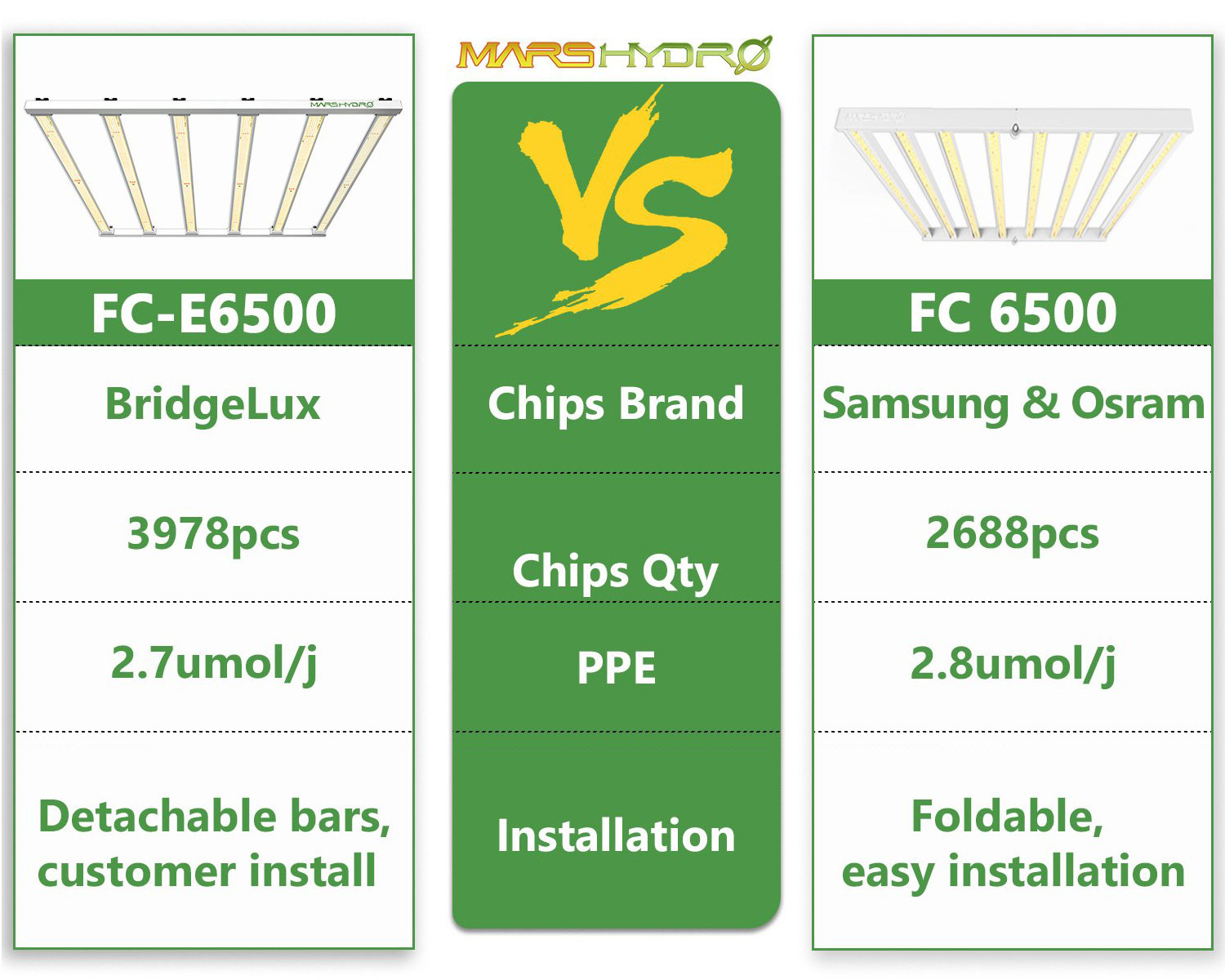
Different growers who have different preferences. The decision right is always in the grower's different exact needs.
All in all, welcome to try the new series. the response is good, happy growing
Giveaway
By the way, we are doing 420 giveaway for RIU growers, don't forget to click below link to check the details. hope the information is good for you to win the prize.
Good Luck
Crazy! Mars Hydro 420 Giveaway-Win Grow Tent or TSL2000 or SP3000!Enjoy it:)
#MarsHydroebay420 yes count me in, UK I'm almost finished this cycle and a new led would be sweet for the warm weather coming in.
www.rollitup.org
